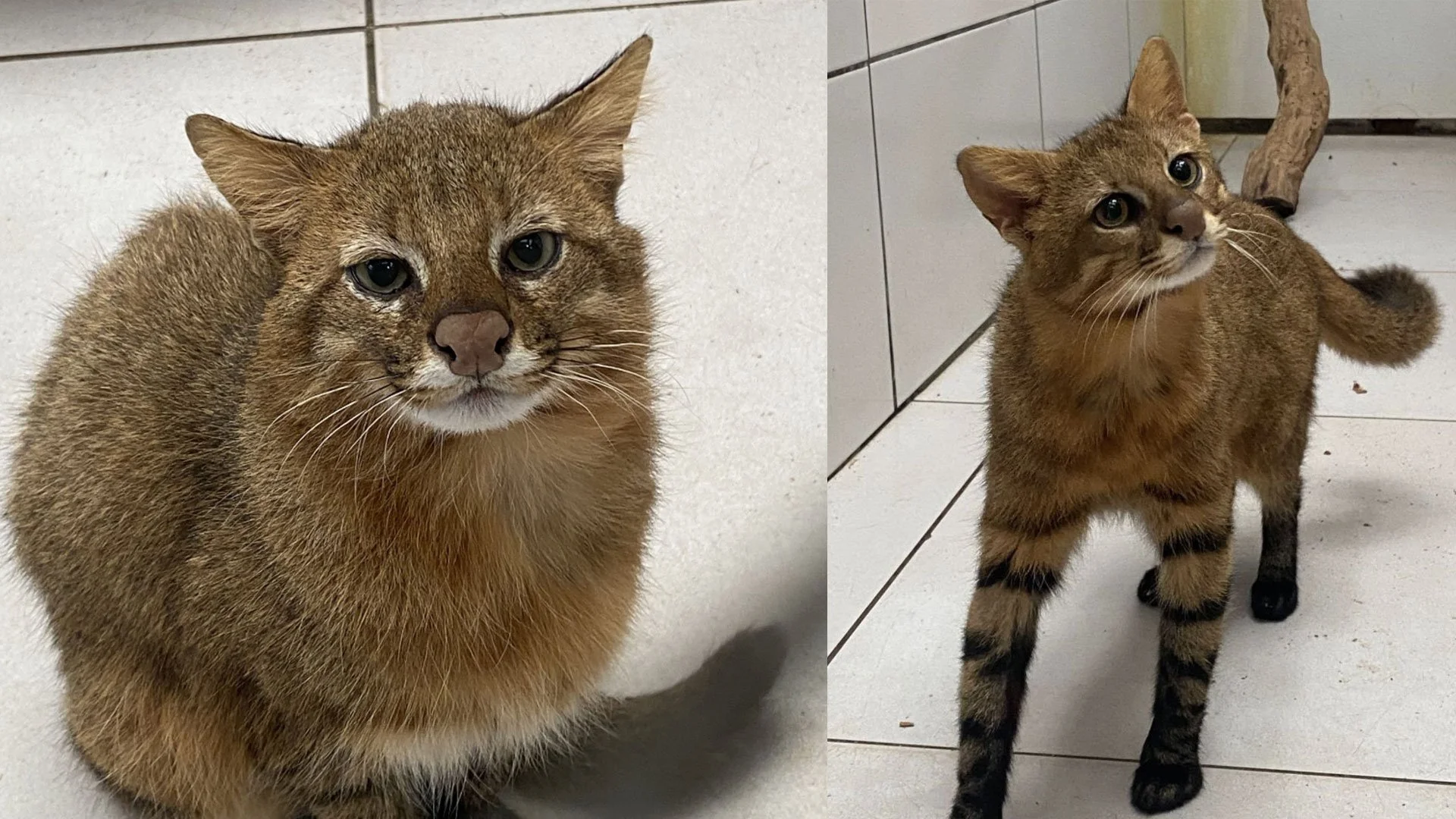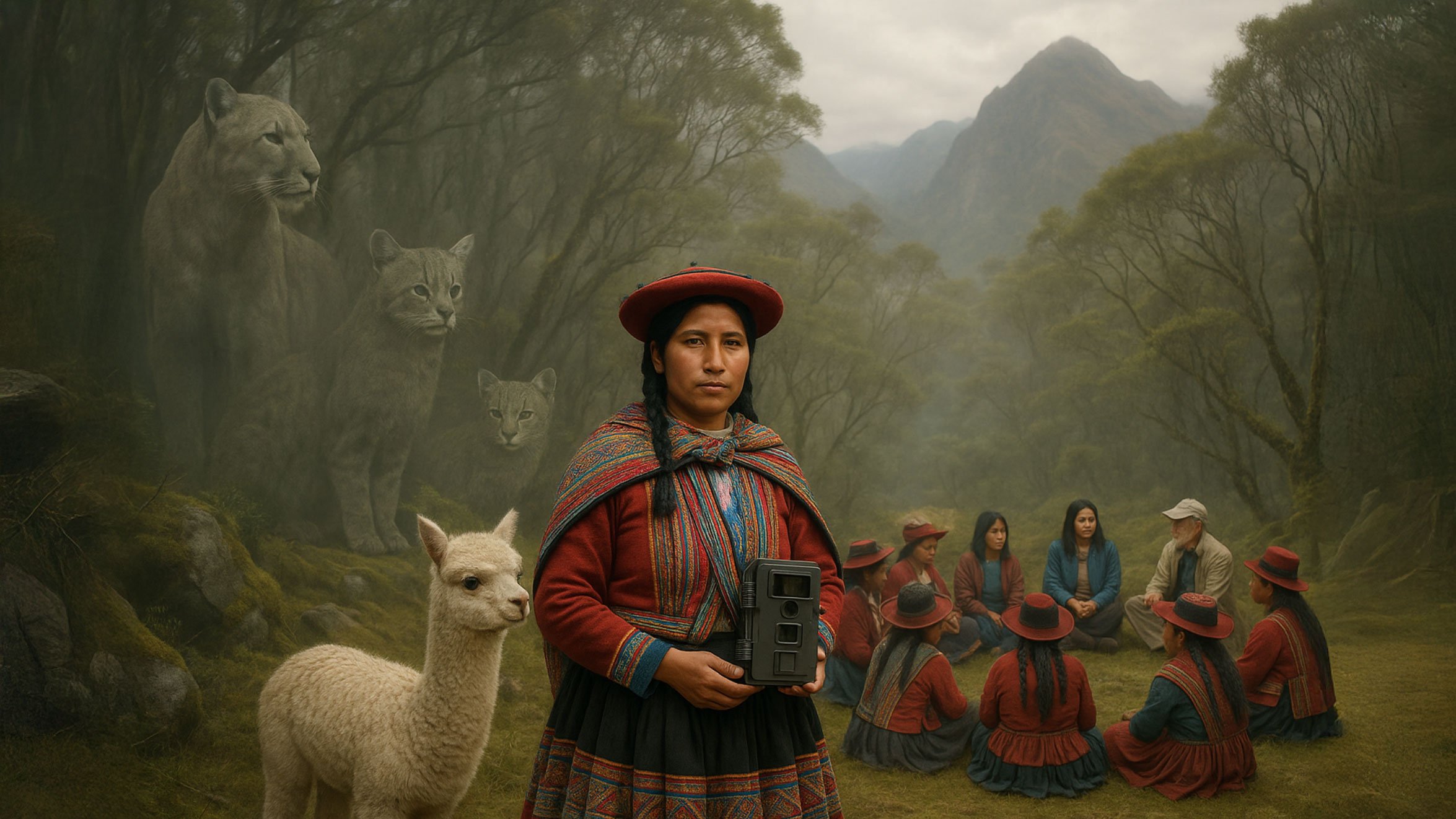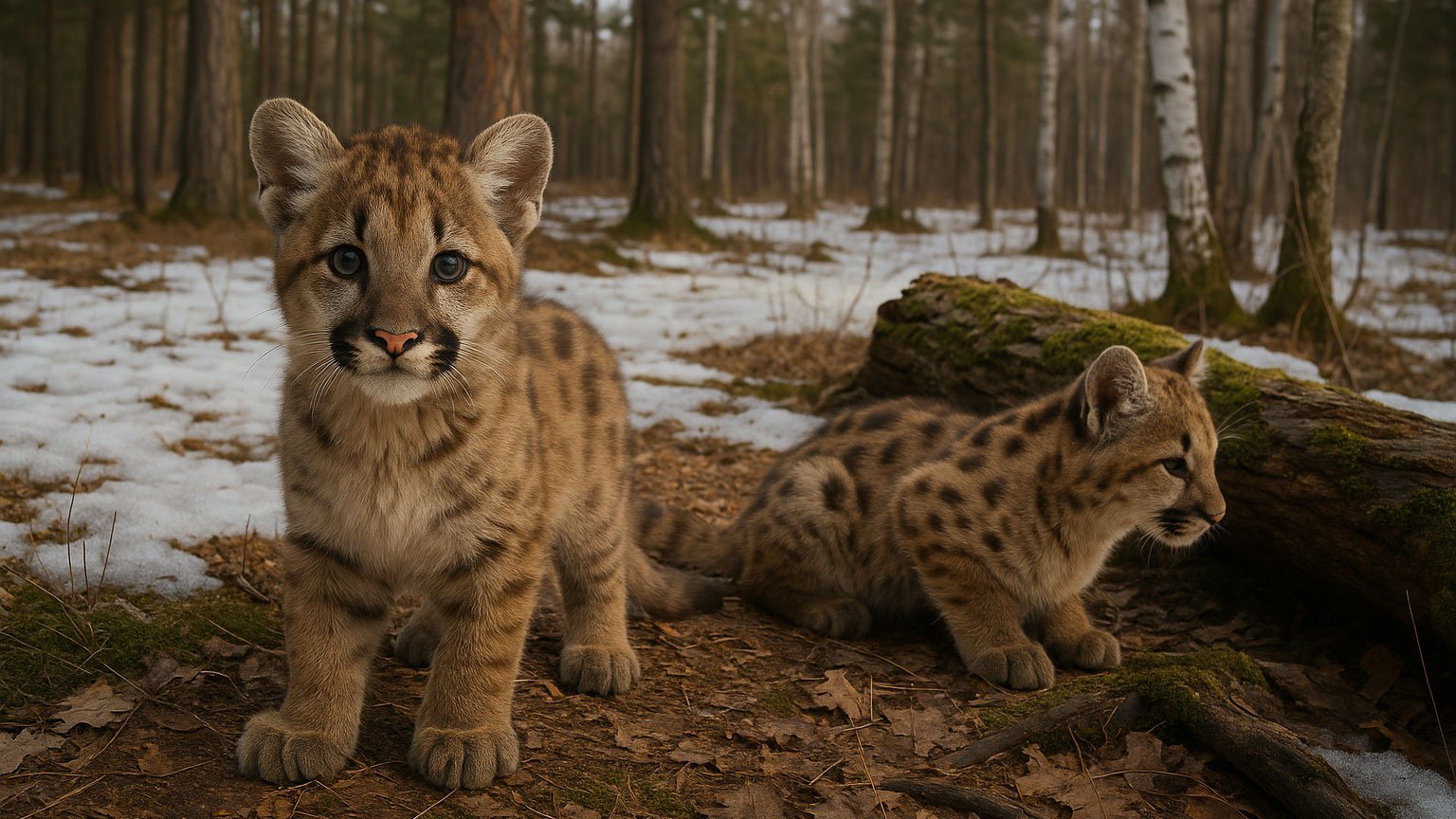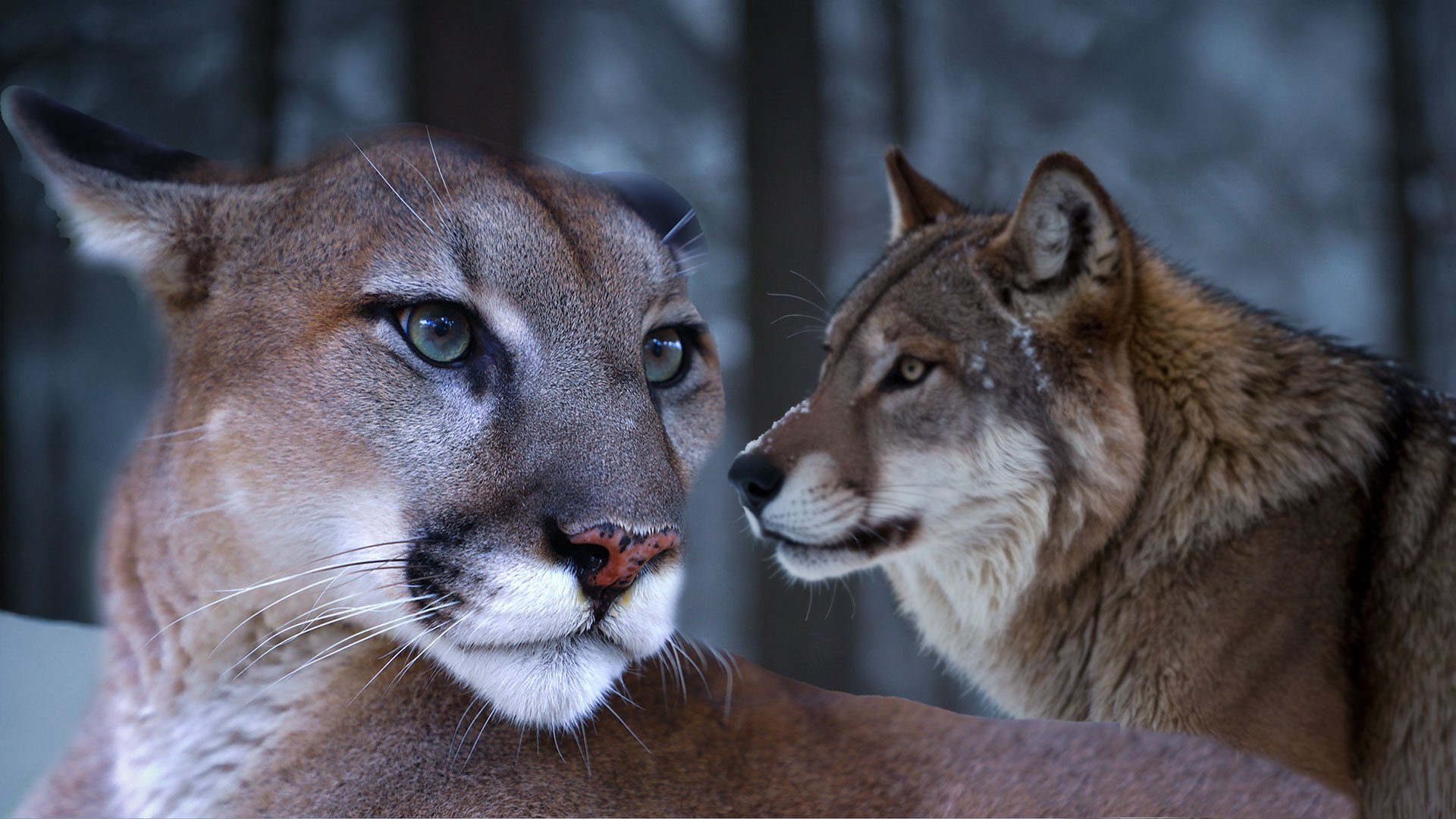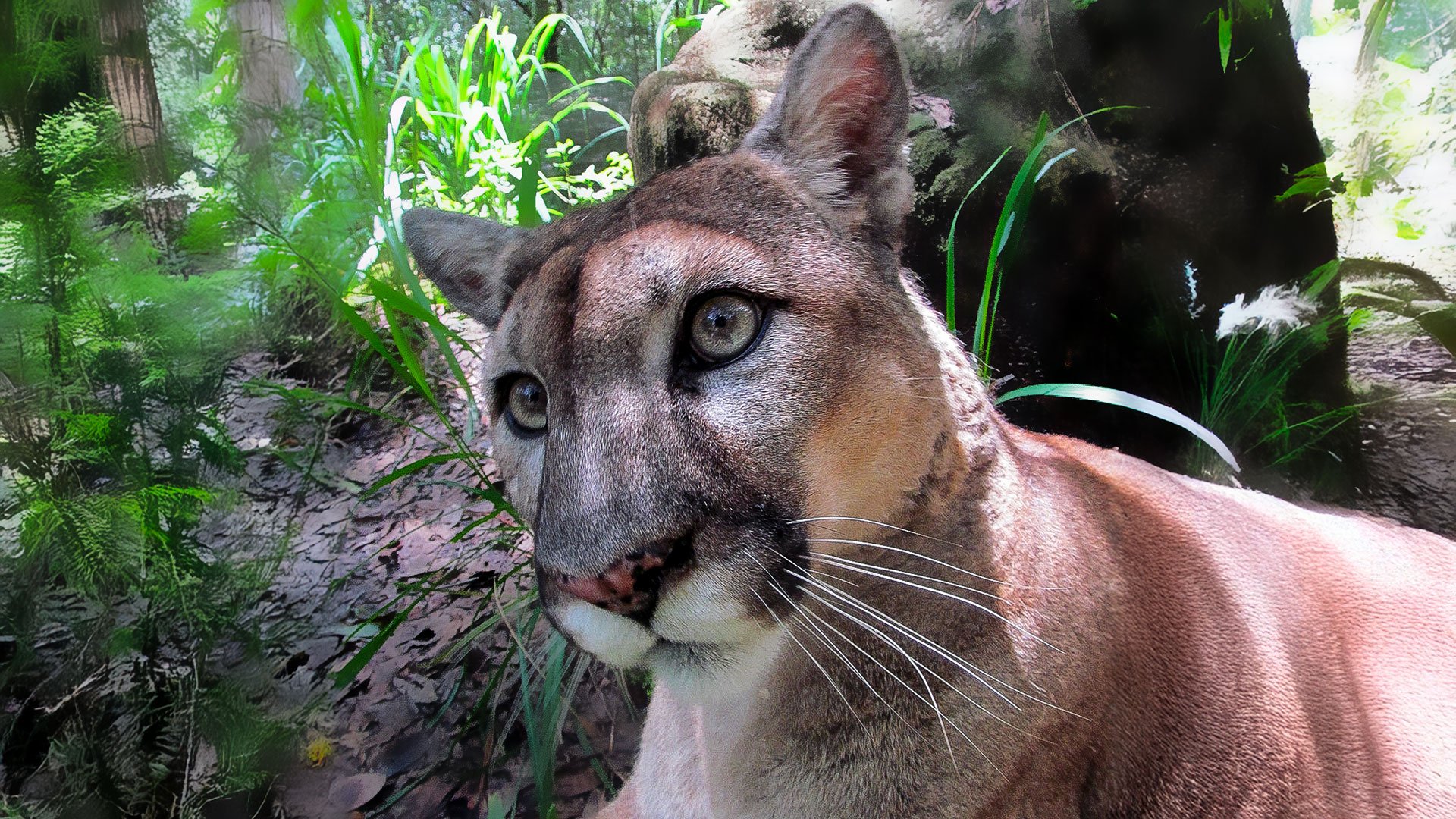Whiskers at the Edge: How Puma Poop Is Saving the Wild
At the edge of Los Angeles, where concrete meets chaparral and traffic drowns out birdsong, an ancient predator still prowls—stealthy, solitary, and seldom seen. These are the pumas of Southern California, slipping silently between backyards, canyon trails, and the ever-encroaching urban sprawl. Most people will never spot one, but thanks to an unlikely source—their poop—we’re learning how these ghost cats survive on the fringe of modern life.
Yes, scat. Dung. Droppings. Whatever you call it, it’s gold for scientists like Alys Granados and her team at Conservation Nation, who partner with the Felidae Conservation Fund (which is also supported in part by Big Cat Rescue) to decode the health and habits of urban pumas. Each pellet is a time capsule, holding secrets about what a puma ate, what diseases it might carry, and how stressed it might be just trying to live in our fragmented world.
The Felidae Conservation Fund’s work centers around the Santa Monica Mountains, a rugged yet shrinking wilderness pinned between the Pacific Ocean and one of America’s most bustling cities. There, mountain lions (also called cougars or pumas) live a perilous life. Highways slice through their territory, isolating populations and increasing the odds of deadly car strikes or dangerous inbreeding. Some cats even suffer from genetic deformities—like bent tails or undescended testicles—because they simply can’t roam far enough to find unrelated mates.
But their scat speaks volumes.
With just a sample of feces, researchers can tell what the animal has been eating—be it deer, raccoons, or unfortunately, the occasional house pet. More than that, they can detect viruses, parasites, and even the stress hormones that reveal just how taxing urban life can be for a big cat trying to navigate cul-de-sacs and chain-link fences.
“Studying pumas through their poop allows us to monitor their health without ever having to collar or capture them,” explains Granados. It’s non-invasive and effective, offering a window into the challenges these wildcats face—and how we might help.
And help they desperately need.
Urban development has hemmed in California’s puma populations. As roads expand and wild land disappears, so do the corridors that connect these majestic cats to mates and hunting grounds. Inbreeding isn’t just a threat on paper—scientists have documented heartbreaking consequences like genetic bottlenecks, poor sperm quality, and disease vulnerability in isolated populations.
But there’s hope—found in a combination of data, dedication, and yes, scat.
The Felidae Conservation Fund’s work feeds into broader conservation efforts, like wildlife crossings over busy highways and land preservation projects that stitch habitats back together. One key goal is to build the Liberty Canyon Wildlife Crossing, a proposed overpass that would reconnect fragmented mountain lion populations in the Santa Monica Mountains with others across the 101 Freeway. Scat samples, ironically, help make the case: they show just how genetically isolated these pumas have become, and how essential reconnection is for their survival.
This is where you come in.
Every action matters—whether it’s supporting conservationists on the frontlines, voting for green infrastructure, or simply educating others about the importance of apex predators. Pumas play a vital role in the ecosystem, helping control deer populations and maintain healthy landscapes. Their survival helps ensure balance for countless other species, from beetles to birds of prey.
At Big Cat Rescue, we’ve long believed in protecting wild cats where they belong—in the wild. We know that saving a species often comes down to understanding them deeply and advocating boldly. Scat research may seem humble, even humorous, but it’s a powerful tool in the fight to protect what’s left of the wild.
So next time you hike a trail in the Santa Monica Mountains and see a sign about pumas—pause. You’re walking through a hidden world, one where each paw print and each pellet of scat could hold the key to survival. The pumas are still here, whispering their stories through the land.
Let’s make sure they’re not forgotten.
Positive Call to Action:
Want to be part of the solution? Support Big Cat Rescue and projects like the Felidae Conservation Fund’s urban puma study. Donate, share, or simply talk about why wild cats matter. Together, we can turn data into action and poop into protection.
Read more: https://conservationnation.org/studying-puma-health-through-scat-at-the-urban-edge


